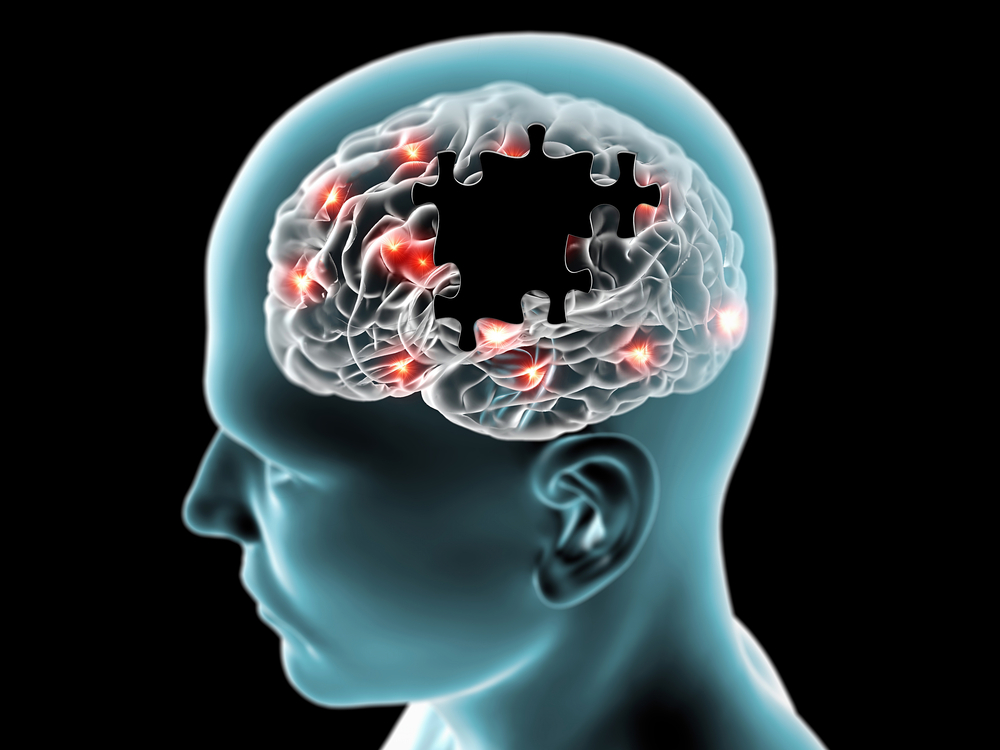Amyloid-Beta42 Structure Unravels its Aggregation and Toxicity in Alzheimer’s Disease

In a new study entitled “Aβ(1–42) fibril structure illuminates self-recognition and replication of amyloid in Alzheimer’s disease,” researchers established the molecular structure of a key form of amyloid-β (Aβ) protein, Aβ42. This finding allows researchers to understand how Aβ42 accumulates in plaque aggregates in the brain of Alzheimer’s patients, bringing them closer to devising strategies to counteract its toxicity. The study was published in in the journal Nature Structural & Molecular Biology.
In this study, researchers at the University of Illinois at Chicago determined the molecular structure of Aβ42, one of the forms of the amyloid-β (Aβ) protein (the second form is Aβ40), the protein advanced as a key determinant of Alzheimer’s disease. Increasing reports establish Aβ42 accumulation in the brain as the determinant event triggering Alzheimer’s disease cascade, rather than Aβ40. Notably, however, the structural architecture of Aβ42 has remained unknown but it is a crucial piece of the puzzle to understand how it aggregates into toxic plaques, a hallmark of Alzheimer’s.
It was discovered that the accumulation of Aβ42 in brain plaques occurs in an “S” pattern, piling on each other as layers, forming triple flat structures (known as beta sheets). They found also that Aβ42 forms a “salt bridge,” i.e. a connection between positive- and negative-charged molecules, with its last amino acid that stabilizes the protein structure and, in this case, excludes its interaction with Aβ40 (it lacks the final amino acid and does cannot participate in the formation of the salt bridge).
Thus, these findings show how Aβ42 structure allows its aggregation into toxic plaques in the brain that can possibly help devise strategies to prevent it.
Dr. Yoshitaka Ishii, at the Department of Chemistry, University of Illinois at Chicago and study lead author noted, “This explains why amyloid beta-42 doesn’t interact with amyloid beta-40, or recruit it into the plaques that are toxic to nerve cells. There are a number of laboratories that have been working on this problem, and I am very proud of the work of my graduate student Yiling Xiao in elucidating its structure. He added, that their findings “offer a new perspective on amyloid propagation in Alzheimer’s disease and, perhaps, other neurodegenerative disease.”






